Harmonic Analysis (RMA) Worksheet for the song: "It's My Party".
Harmonic Analysis (RMA) Worksheet for the song: It's My Party.
It's My Party is a song by American singer-songwriter Lesley Gore from her debut studio album I'll Cry If I Want To (1963). It was released as the lead single from the album on April 5, 1963, by Mercury Records. The song was collectively written by Herb Wiener, John Gluck Jr., and Wally Gold, whilst production was helmed by Quincy Jones.
"It's My Party" is in the key of A major. The song's effectiveness is enhanced by several musical touches that producer Quincy Jones incorporated, including Latin-sounding rhythms, double tracked vocals, and effective horn parts. Allmusic critic Jason Ankeny wrote of the song, 'It's My Party' remains one of the most vivid evocations of adolescent heartbreak ever waxed – Quincy Jones produced the record, although you'd swear it was Aaron Spelling instead.
(wikiwand);
The Lesley Gore hit starts on the hook — line three.
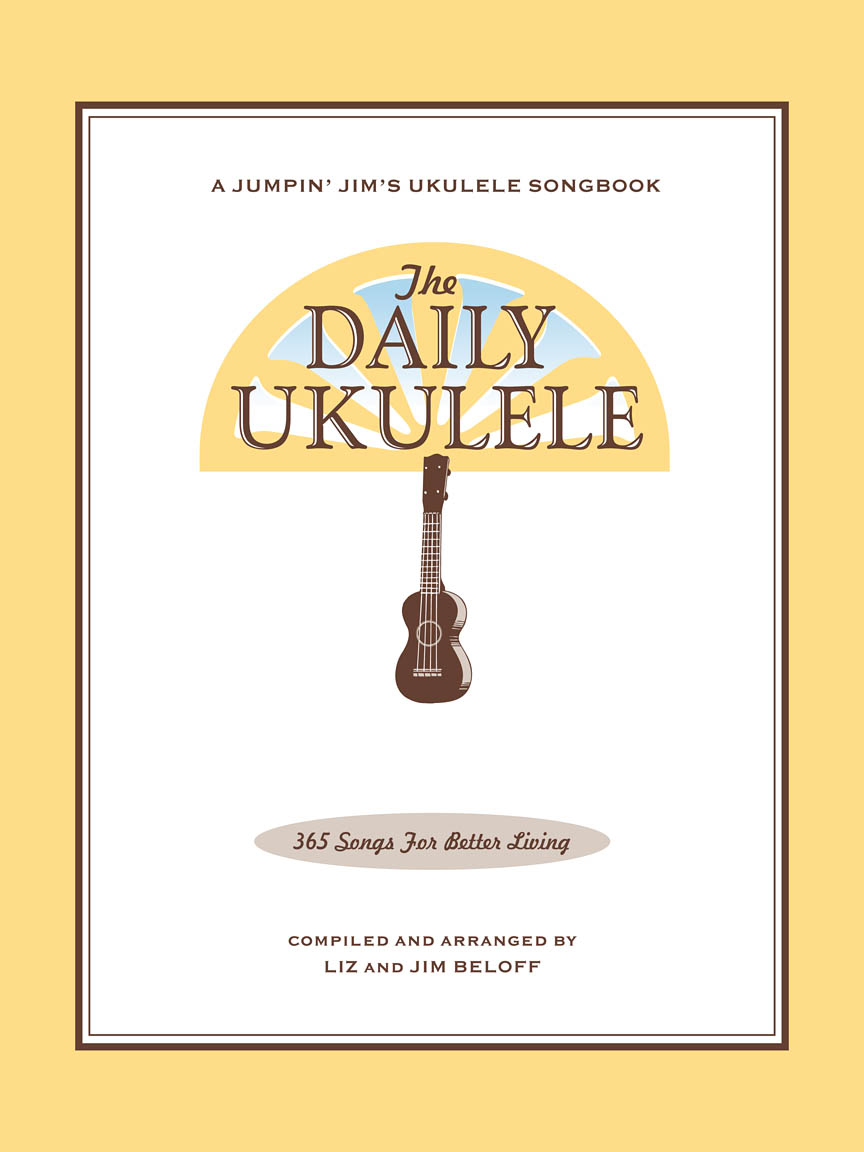
The Daily Ukulele— 365 Songs for Better Living book.








II7
( V of V)
The bVImaj & bVImaj — line 1 and 2 above, are modal interchange or borrowed chords from the parallel mode, A Aeolian. It is used to create a sense of tension and then resolve to a different chord, often the tonic ( I ) chord, which helps to establish a strong resolution. It is commonly used in various styles of music, including pop, rock, and jazz.
The harmony created with in the A A+ and D Dm is a very cool contrast to the melody. Checkout the voicing below to really take advantage of the movement.

Note the movement (red TAB notes). The top note of the chord moves E F F♯ F♮
A Harmonic Analysis (RMA/HA) and its worksheet are intended to show the function of the chords, the harmonic principles used, the keys and tonalities the song explores. And, can be used for scale selections and chord and scale substitutions.
lead leadsheet.Minimal roadmap information such as repeats, fine, D.S., D.C., and codas has been used in preparing the worksheets to somewhat mirror the leadsheet in the Daily Ukulele book.
Yellow Book. You should start to recognize that 1st endings typically always return to a previous verse or an
 section. With a 2nd ending, a transition to a different part of the song, a
section. With a 2nd ending, a transition to a different part of the song, a  or chorus. Harmonic Principles are used for these repeats and transitions.
or chorus. Harmonic Principles are used for these repeats and transitions.- It's My Party is in 4/4, Common Time and the Key of A .
- Full Diatonic
- Partial Diatonic • Full Diatonic includes Secondary Dominant chords
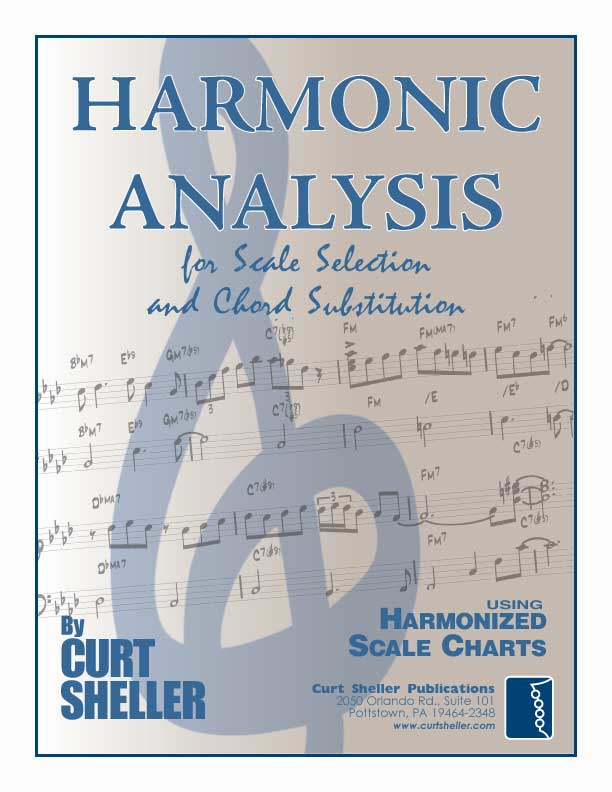
Contemporary Scales: Minor Pent: Minor Pentatonic, Pent: Major Pentatonic, Blues,
Scale/Mode Names: Ion: Ionian (Major), Dor: Dorian (Minor), Phrygian: Phrygian, Lyd: Lydian, Mix: Mixolydian (Dominant), Aeol: Aeolian (Natural Minor), Loc: Locrian
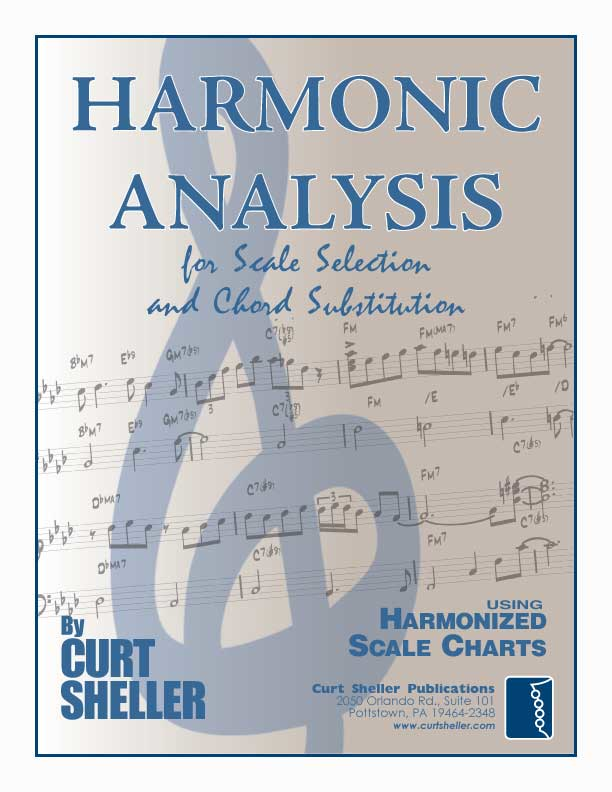
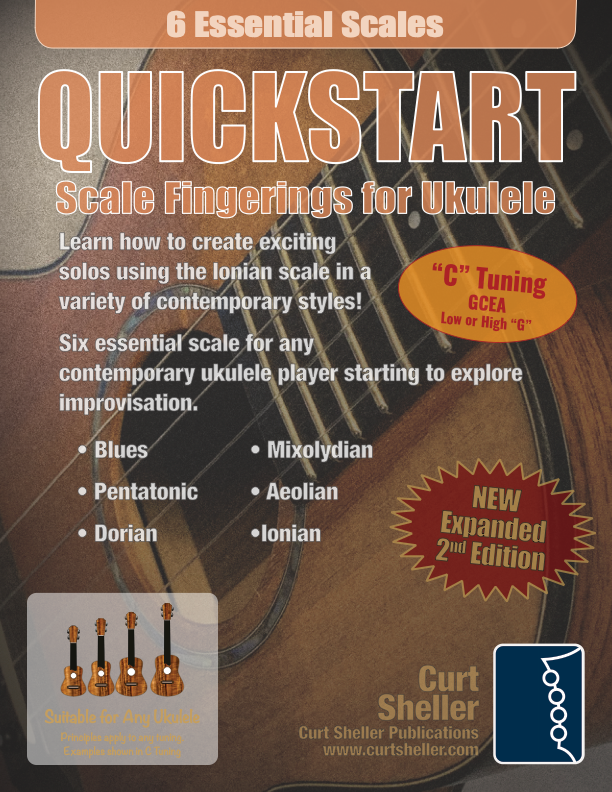
- (wikiwand) It's My Party
- It's My Party — Leslie Gore •
Related Lessons, Videos, Lesson Series, Songs, Books & Reference Charts, Resources & Assets, Workshops are below.

Harmonic Analysis is the understanding of the functional sequence of chords. It is the process used to analyze the harmonic structure of a progression, song or composition. This analysis is then used to make scale selections for improvisation and chord substitution.
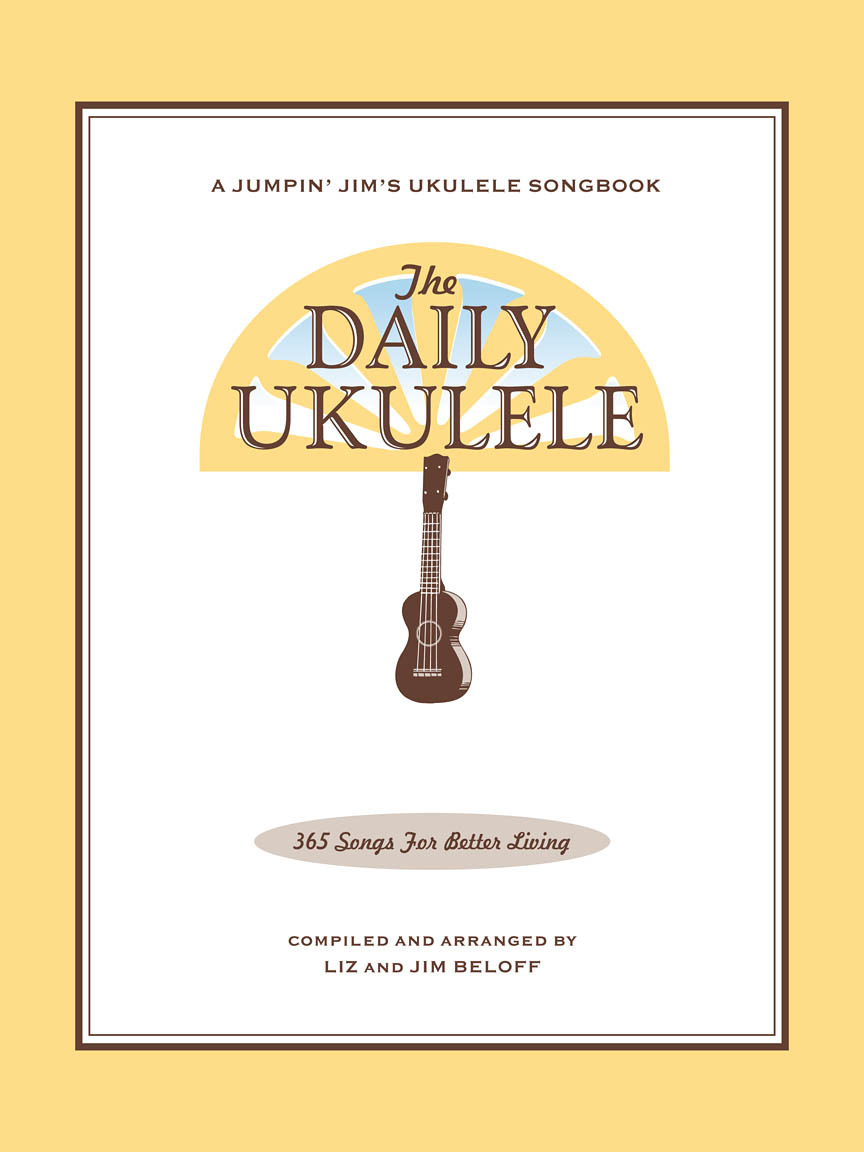
Strum a different song every day with easy arrangements of 365 of your favorite songs in one big songbook! The Daily Ukulele features ukulele arrangements with melody, lyrics and uke chord grids and are in ukulele-friendly keys that are particularly suited for groups of one to one hundred to play and sing.

Finally, learn the names of the notes of the ukulele fingerboard in C tuning .

Learn the six fingering principles to navigating the ukulele fingerboard. Fingering is one of the most universal topics. Book: Six Secrets of the Ukulele Fingering

Harmonic Analysis is the understanding of the functional sequence of chords. It is the process used to analyze the harmonic structure of a progression, song or composition. Book: Harmonic Analysis for Scale Selection and Chord Substitution

Learn to read single note melodies in the first/open position is a lot easier than you might think. Book: Ukulele – Reading Music Series – Primer

An organized collection of daily practice and reference material for the contemporary ukulele player for developing the vocabulary and knowledge necessary for single note playing. Book: Daily Practice Material for the Contemporary Ukulele
Checkout the Books & Reference Charts for additional Handy, Dandy Reference Charts.

Ukulele Fingerboard Chart for C Tuning, Low or High G – G C E A

Ukulele Fingerboard Chart for G Tuning, Low or High A – D G B E

A handy reference chart of all 15 major and relative minor key signatures. US Letter 8.5 x 11 sized (ANSI-A), A4
Checkout the Books & Reference Charts for additional Handy, Dandy Reference Charts.




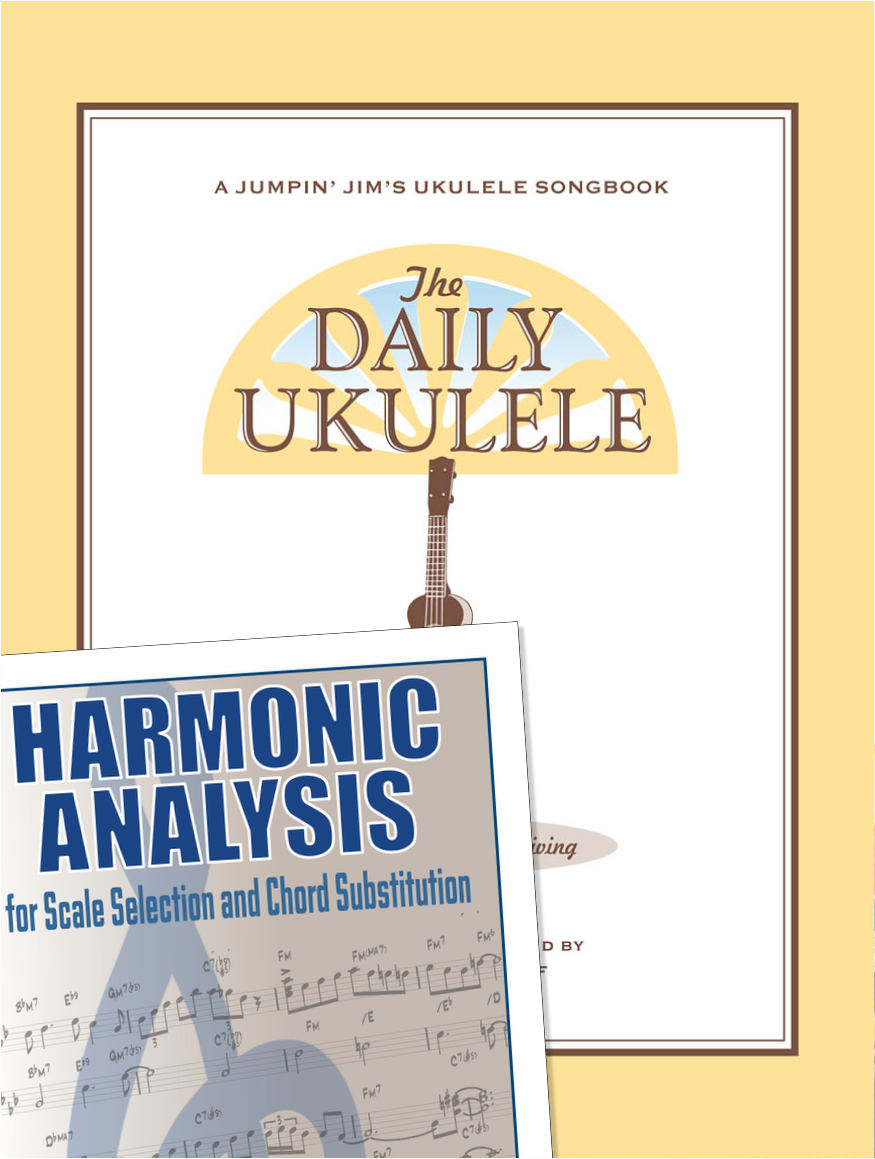

.jpg)